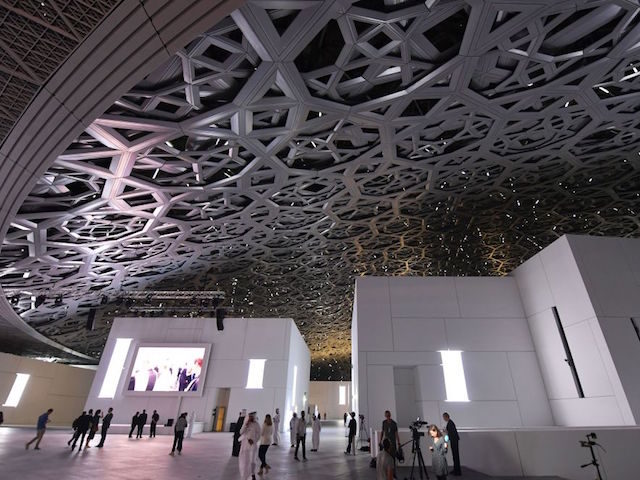This story originally appeared on CNN:
On Saturday, the Louvre Abu Dhabi will open its doors to the public, more than 10 years after France agreed to loan the name of the Louvre to the United Arab Emirates as part of a deal with Agence France-Museums reportedly worth in excess of $1 billion.
While swipes have been made at the oil-rich nation for using its wealth to buy culture, there’s no doubt that, in terms of cultural significance, the museum is a huge milestone not just for the Middle East, but for the world. Here’s why:
It’s Universal
Yes, it’s impossible for any museum to represent every culture and period in equal measure. However, the Louvre Abu Dhabi is attempting to re-tell the story of global creativity by taking objects out of their usual departments and consolidating the history of humanity in one continuous flow. It’s certainly a commendable goal for our globalized era.
It’s a Fear of Engineering Ingenuity
The stats about this museum, designed by Pritzker Prize-winning architect Jean Nouvel, will make your head spin. A total of 7850 aluminum stars went into making its dome, which is 180 meters (591 feet) in diameter and weighs over 7700 tons — and that’s just the roof.
The museum was constructed on a dry dock made from 503,000 cubic meters of sand. Later, the pools surrounding the museum were filled with water to great effect.
The Louvre Abu Dhabi is also equipped with its own marina for private yachts to dock, and a jetty for Abu Dhabi Ports’ soon-to-be-launched the water taxi service.
Read the full story at CNN.

COMMENTS
Please let us know if you're having issues with commenting.